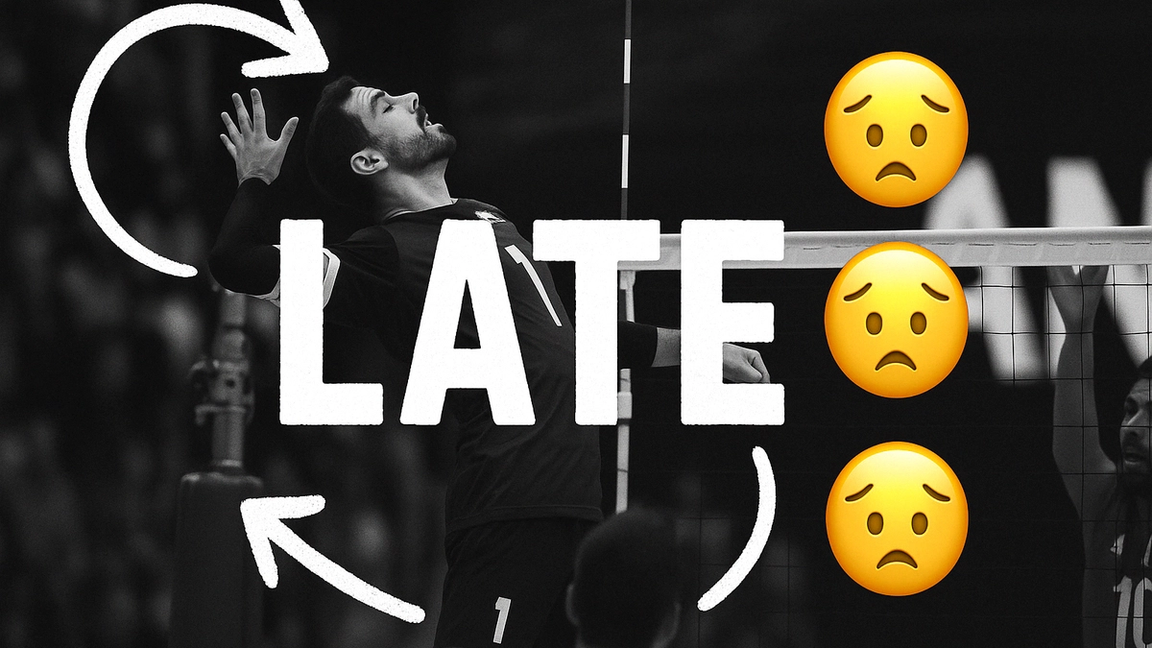
Jumping Too Early in Volleyball? 9 Powerful Fixes to Boost Timing and Power

Matt Nikishin
•
4th August, 2025
Timing in volleyball is everything—especially when you're in the air, trying to hammer down a spike.
But what happens when you jump just a bit too early? That tiny misstep can throw off your entire swing. 🥲
Jumping too early in volleyball isn't just a rookie mistake—it’s a common habit that holds back even experienced hitters.
In this guide, we’ll uncover why early jumps hurt your game and how to fix your timing with expert techniques and drills.
Understanding Timing in Volleyball
Why timing matters in hitting
When you hit the ball at its peak, your body is still rising or at its highest point, giving you maximum power and control. But mistimed jumps shift your body mechanics, making the hit weaker and harder to aim.
The physics of peak contact
Jumping at the right time means intersecting the ball at the apex of both your jump and its arc. This alignment increases the surface area and momentum of your contact, leading to faster, more controlled hits.
The Problem with Jumping Too Early
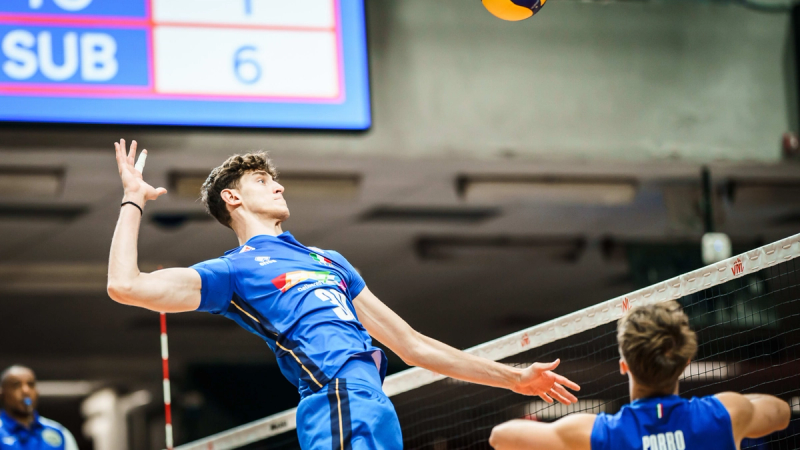
Jumping too early causes a cascade of issues. Here’s how:
- Loss of power: You hit the ball on the way down, meaning less force behind your swing.
- Reduced angles: It's harder to aim when you're descending, making sharp cross-court or down-the-line shots tougher.
- Floating sensation: You might feel like you're “floating” through the swing, which often causes mistimed contact.
- Shoulder strain: Reaching for a falling ball forces awkward mechanics, increasing injury risk.
The Ideal Timing Window
When to jump
Wait until the ball peaks in its arc, whether it’s off a toss or a set. Don’t react to the toss—read the ball’s flight instead.
Reading the arc
Train your eyes to track the ball closely. Timing your jump when the ball starts to descend is too late—go as it peaks.
Setter rhythm
Build chemistry with your setter. The better you know their timing, the easier it is to sync your approach.
How to Train Better Timing
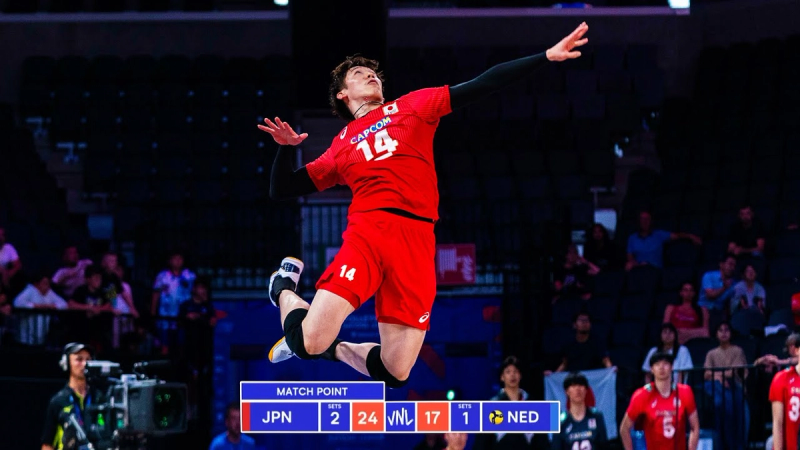
Mindset for waiting ⏰
Being patient at the net is powerful. Let the ball come to you. Trust that waiting half a beat longer can lead to a better swing.
Body control and patience 🧘
Jumping is about rhythm, not just reaction. Practice body awareness drills to develop timing and calmness in your approach.
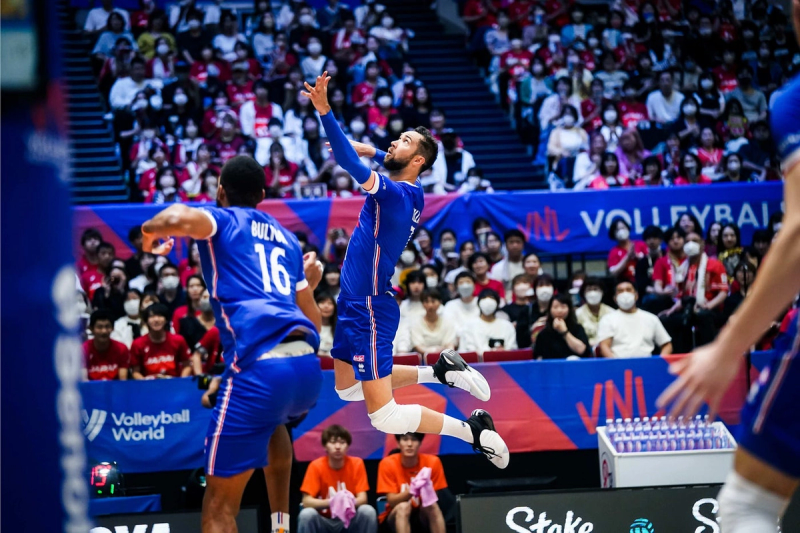
Drill 1: Delayed Toss Drills
Setup: A coach tosses the ball with a slight delay signal. You must wait a split second before initiating your jump.
Coaching tips:
- Emphasize eye focus on the ball, not the coach.
- Keep your feet ready, not frozen.
Benefits: Trains patience and visual awareness. Breaks the habit of reacting too fast.
Drill 2: Shadow Swings
Practice your approach and jump without a ball. Focus on rhythm: slow approach, explosive jump.
- Benefits: Develops body memory.
- Pro tip: Use a mirror or record yourself to refine your timing.
Drill 3: Visual Cue Partner Drills
Partner points or claps at the moment you should jump. Forces you to delay your reaction until the visual cue appears.
- Trains response to external timing.
- Helps build patience and mental focus.
Timing for Different Types of Sets
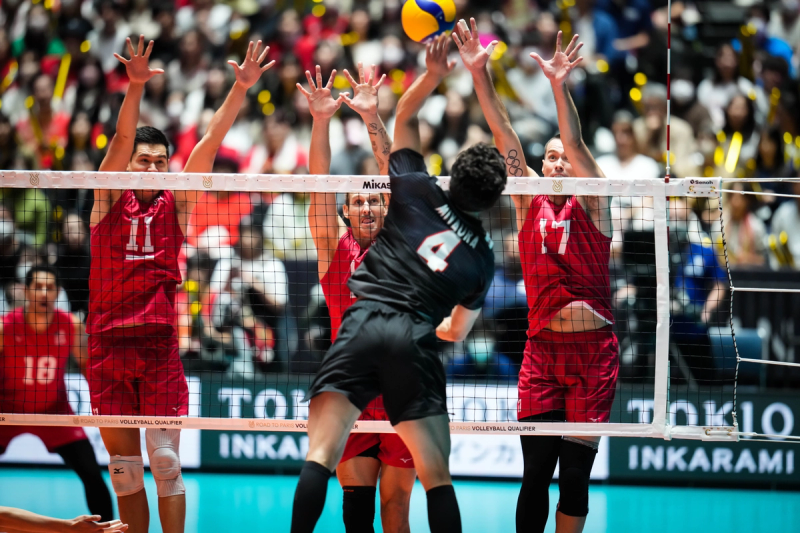
Each set demands different timing:
Set TypeTiming TipQuick SetBegin jump slightly before the ball peaksHigh BallWait longer—let the ball come to full heightBack Row AttackTime jump with full arm swing and ball rise
Adjusting Timing Under Pressure
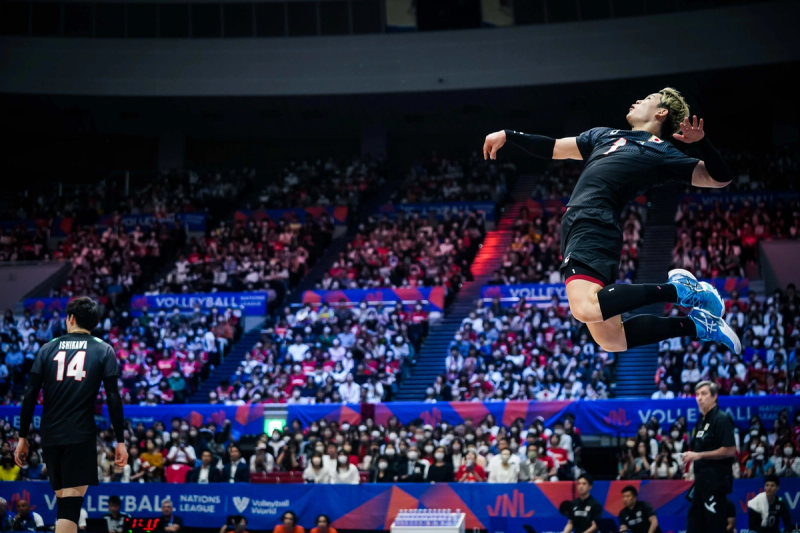
- Breathe: Calm yourself before the approach.
- Focus on rhythm: Don’t speed up just because the game is tense.
- Trust the peak: Let it guide your jump even when under pressure.
When Jumping Early is Useful
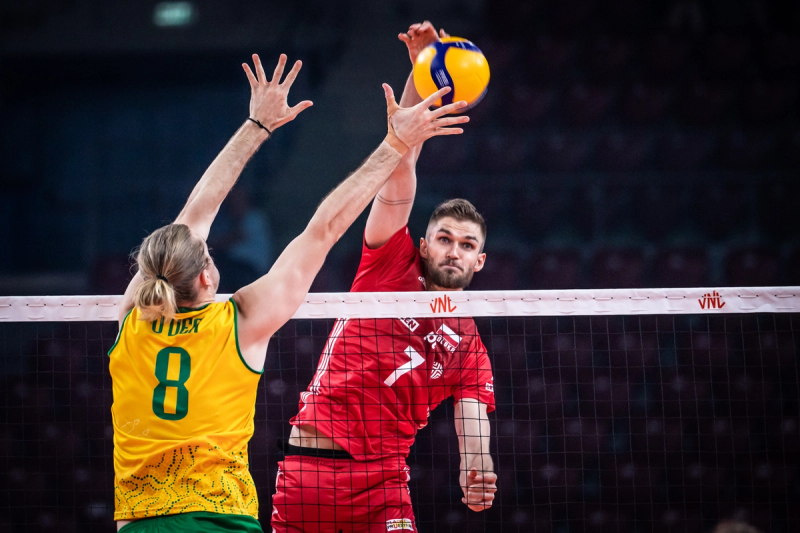
Sometimes, early jumping work—like in:
- Quick swings: Requires earlier takeoff by design.
- Broken plays: React fast when things go off-script.
Conclusion: Trust the Peak, Win the Point
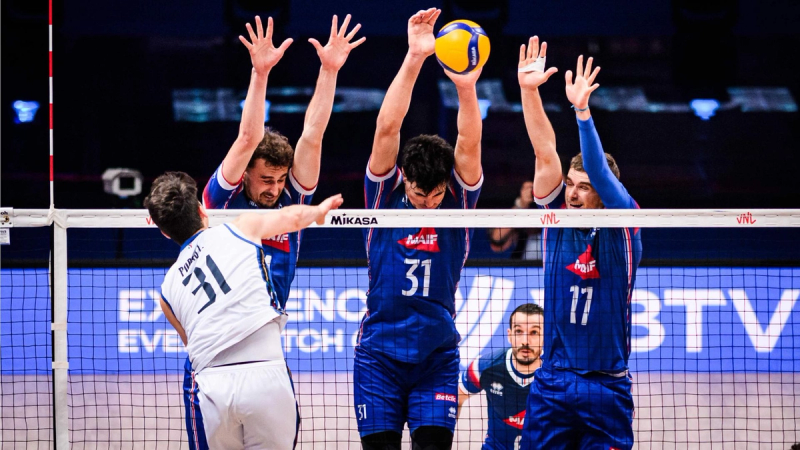
Jumping too early in volleyball is a fixable problem that starts with awareness and ends with explosive, well-timed contact. By focusing on the ball’s arc, building patience, and using the right drills, you’ll improve your swing, add power, and outplay the block. Trust the peak—and dominate the court.
Improving your agility isn’t just about speed—it’s about timing. And when it comes to spiking, timing is everything. Quick feet help you adjust to the set. Core strength keeps your body under control. And sharp reaction drills make you wait just long enough to hit at the peak.
That’s why agility and timing go hand in hand. You can’t be a high-level hitter without both.
Want to train the right timing—not just guesswork?
Upload your game film to Rewind, and a coach will break down your approach step-by-step. No more jumping too early. Just smarter swings, cleaner timing, and more points.
